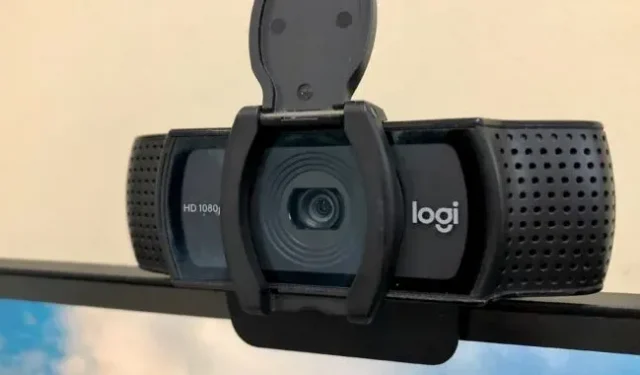What goes up must go down, the tech industry is feeling the law right now. From historically low PC sales to the dismal layoff waves that have swept high-profile companies like Google, Microsoft, Amazon and HP, companies are having to adjust after getting used to business-fueling pandemic conditions like lockdowns and working from home. The latest is Logitech, one of the kings of the pandemic tech boom, which paints us a different picture of the downsides associated with these short-lived highs.
On Monday, Logitech announced results for the third quarter of fiscal year 2023, which covers the three-month period ending December 31, 2022. Sales fell 22 percent from the third quarter of the previous fiscal year. This includes PC webcams (49% drop), audio and wearables (34%), mobile speakers (32%), keyboards and key combinations (22%), and pointing devices (14%). In the nine months ended December 31, Logitech recorded a 16 percent decline in net sales compared to last year. (This includes streaming services revenue from Streamlabs.)
This is very different from May, when Logitech announced record sales from April 2021 to March 31, 2022 (Fiscal Year 2022), and April 2021, when the company announced a 76 percent increase in sales year-over-year. from April 2020 March 2021.
“These quarterly results reflect the current challenging macroeconomic environment, including currency exchange rates and inflation, as well as lower corporate and consumer spending,”Logitech President and CEO Bracken Darrell said in a statement accompanying Monday’s announcement.
Logitech also pointed to “concentrated”purchases made during sales. In today’s earnings report, Logitech executives pointed to a drop in corporate demand for mice, keyboards and video conferencing technology. However, Darrell noted that Logitech is gaining market share in the “fast-growing high-end market segment”and the company also claims to have gained market share in pointing devices despite “pressure in the low-end segment.”
going down
Consumers and businesses have had to make countless adjustments as lockdowns gripped the country in the midst of the COVID-19 pandemic. Hardware companies have followed suit, adapting marketing approaches to things like the webcam, home office ergonomics, and portability for hybrid work. Some companies have enthusiastically increased headcount and advertised strong sales figures.
Logitech has been growing since 2015, but as with other peripherals and tech companies, the pandemic has accelerated that growth. Now that the lockdowns have largely been lifted and many consumers have already made the necessary tech purchases, things don’t look so rosy.
Corsair is another example of a major peripherals maker seeing a decline in demand. Its latest financial results, released in November, showed quarterly revenue from peripherals for gamers and creators increased from $89 million to $96.8 million year-over-year. But the company has posted much stronger growth in the past, with Gamer & Creator Peripherals revenue up 104% year-over-year in 2020, and 20% year-on-year net revenue growth in Gamer & Creator Peripherals segment year-over-year. with last year.
This is just a microcosm of the tech sector, where the problem is highlighted by the thousands of layoffs over the past few months.
Uncertain future
For prudent companies, the decline in demand for technology is not unexpected. In November 2020, Logitech’s Darrell told Barron’s that the company is “not looking for 75 percent growth forever”but instead expects a “long-term growth regime”fueled by people increasingly having to work in multiple locations.
But after a surge in purchasing due to the pandemic, peripheral makers are facing the same challenge that PC makers now face: finding a way to convince customers they need to upgrade hardware that isn’t really all that old. In the PC world, vendors are turning to trendy features and services such as AI-powered webcam add-ons, remote control capabilities, and virtual concierges.
It’s unclear how peripheral vendors will try to win over the crowds of consumers who have bought webcams for all those home office video calls or some shiny new mechanical keyboards to upgrade their settings during the pandemic. Such PC accessories rarely get life-changing new features that make people want to get rid of an existing, functioning alternative. The Logitech Brio 300 and 305 webcams, announced last week, for example, have minimal differences from the same manufacturer’s cameras.
In Logitech’s earnings call, Durrell stated that the refresh cycle is “approaching, has already begun and will continue for a very long time.”He also expressed optimism about supply chain bottlenecks in China. However, in an interview with Reuters today, he declined to comment on future consumer demand and also appears unsure when better times will return.
“This is temporary and will eventually return. I can’t say exactly when, but growth will continue,” Darrell said.


